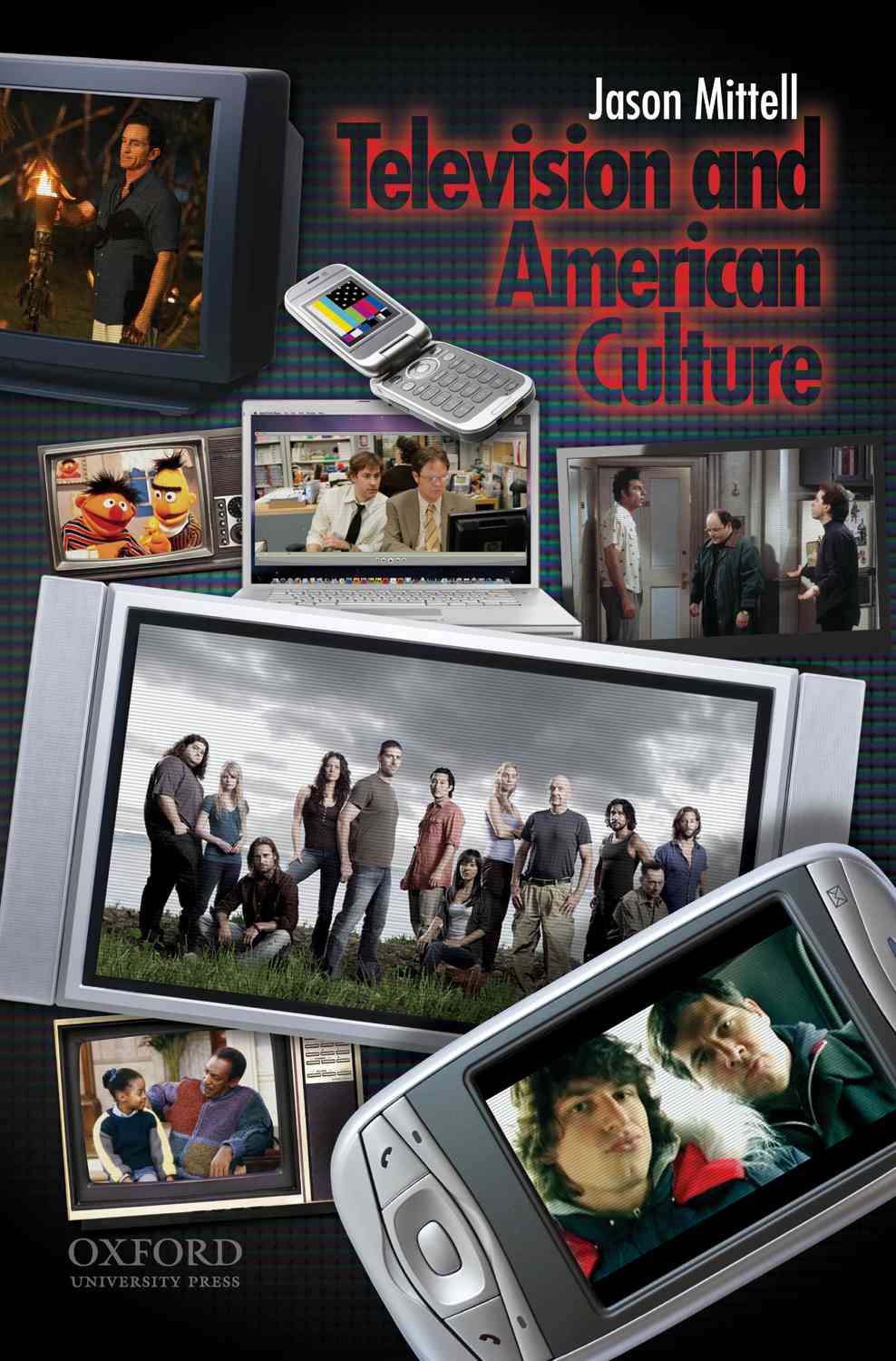Teaching animation in the YouTube era
My semester is three weeks old, which is 1/4 of the term at Middlebury. So it’s a fair time to reflect on a few things. One of my courses, The Art of Animation, is a first-year seminar, meaning that all 15 students are new to college and the course serves the multiple purposes of covering content, teaching writing, orienting students to the logistics & expectations of college, and serving as an advising laboratory, as I’m these students’ adviser until they declare a major. In other words, I’m spinning plates, hoping to keep everything moving along enough to avoid a crash.
One element I’m including in the mix is online writing, as I feel one of the chief lessons of writing today is understanding the various modes of composition used in various media. The two main online projects are building an animation wiki, which will last beyond the course as a shared resource for animation scholars & fans – and hopefully will ramp up more in coming weeks – and a group blog here on WordPress.
What’s struck me the most about the blog is how much YouTube changes the dynamic of teaching animation. Because animation is dominated by the short form much more than major live-action modes, online video is particularly useful for animation studies. WordPress embeds YouTube or Google Video incredibly easily, so students have really taken to posting shorts that they find without any technical barrier to entry. If you scan recent entries, you’ll see a number of videos that students (and occasionally I) have posted to the blog that have led to interesting conversations, and just exposure to a wide range of artists, media, national origins, and styles.
We spend a great deal of time in class watching animation, but still I always feel like there’s more to see than time allows for – I come to every class with somewhere between 3-10 DVDs, playing DJ juggling shorts interspersed with conversations. The blog has allowed students to take some control of the screenings, highlighting their own tastes & observations, while helping to build an investment in animation as a form. Their sense of pleasure in the topic and interest in expanding the course’s horizons on their own time is one of the best by products of new media pedagogy I’ve seen – so if you’re an animatophile, stop by the blog and add your thoughts!
Filed under: Academia, Animation, Meta-blogging, Middlebury, New Media, Teaching | 2 Comments
Tags: blogging, online video, pedagogy, youtube
random thoughts from media scholar Jason Mittell
-
Join 410 other subscribers
check out my books:
 Narrative Theory and ADAPTATION.
Narrative Theory and ADAPTATION.
 Complex TV: The Poetics of Contemporary Television Storytelling
Complex TV: The Poetics of Contemporary Television Storytelling
 How To Watch Television
How To Watch Television
 Television & American Culture
Television & American Culture

Genre and Television: From Cop Shows to Cartoons in American Culturerandom post
-
Academia Books Complex TV Conferences Copyright digital humanities Fair Use Fandom Film Genre MediaCommons Media Politics Media Studies Meta-blogging Middlebury Narrative New Media Not Quite TV Open Access Press Publishing Teaching Technology Television TV Industry TV Shows TV Textbook Videogames Videographic Criticism Viewers
Recent Comments
-
Recent Posts
- More Evidence that AI Excels at Generating Bullshit
- Some Interesting Limits to AI Film Criticism
- Introducing Characters in BREAKING BAD
- Some Videographic Updates
- Sympathizing with Storytelling in BREAKING BAD
- Media Mirrors: A New Website
- The Sounds of Silent Mike
- Breaking Genre, or how to categorize Breaking Bad
- Skyler’s Nightmare
- Skyler’s Story: A Videographic Miniseries
Archives
Top Clicks
Top Posts
Blogroll
- Antenna
- Bordwell & Thompson
- Category D
- Celebrity Gossip, Academic Style
- Convergence Culture Consortium
- Cultural Learnings
- Dr. Television
- Ephemeral Traces
- Film Studies for Free
- Flow
- Graphic Engine
- Henry Jenkins
- Ian Bogost
- Interface Aesthetics
- jill/txt
- Karen Hellekson
- MediaCommons
- News for TV Majors
- Online Fandom
- Planned Obsolescence
- the chutry experiment
- The Extratextuals
- Timothy Burke
- zigzigger




I’m having a similar experience with my class blog, which is on a less specific topic–it’s supposed to be an online media consumption journal. More than in previous semesters, my students are comfortable with embedding videos (when I first used a class blog, no one even knew how to insert a link, and some of them had never heard of YouTube). The things they post are often well worth watching in class as prompts for discussion.
I can’t think of an new technology that has changed my teaching–for the better–more than streaming video. It has made screening clips much smoother and has opened up access to material I might not have otherwise had available. Obviously, it saves a ton of time in dubbing, ripping, etc. And it makes it easy for students to share the work of finding materials. (And yeah, it’s not perfect, but I’m just saying…)
I have to share a random “plate of shrimp” experience (10 points if you get that obscure pop culture reference) I was flipping though my “get around to” saved subfolder in my email when I was caught by a name in my “from” colume. Jason Mittell. How odd. Isn’t he the guy that wrote the text book I just made the students exam from not 10 minutes ago. (I remembered clearly because I had spelt your name with only one L and had to go back, change it and repost the exam to blackboard. grrr) Sure enough – it was! It was a post I had saved from SCMSTV on burning DVDs. I am using your genre and television book in my graduate genres of tv course. How smallis the academic world…at least now that we have the internet!